London:
Nationwide:
The Timeless Tradition of Wooden Floor Sanding: From Ancient China to Modern Techniques
Posted on May 3, 2023
Articles
The Evolution of Wooden Floor Sanding: From Ancient Techniques to Modern Innovations
Wooden floors have been a symbol of sophistication, elegance, and warmth for centuries. As far back as ancient times, wood was used as a primary material for flooring in palaces, royal houses, and other luxurious structures. The beauty of wooden floors lies not only in their natural appeal but also in the craftsmanship involved in maintaining them. One such essential aspect of wooden floor maintenance is sanding. Sanding, a technique that has been practised since the 13th century, helps preserve the wood’s beauty and prolong its lifespan. This blog post will delve into the fascinating history of wooden floor sanding, its evolution over the years, and how modern technology has transformed this age-old craft.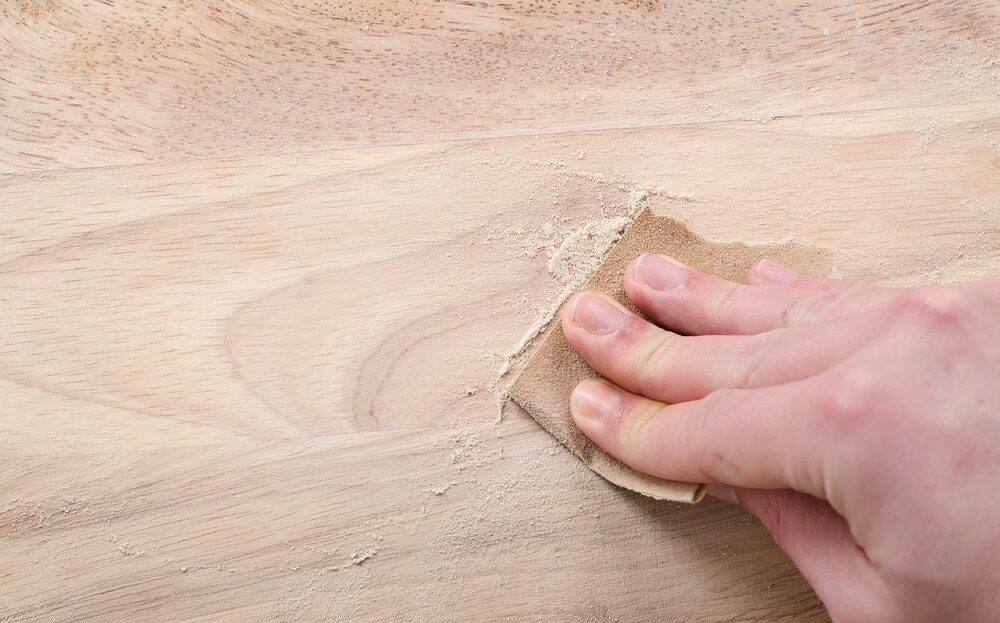
The Origins of Wooden Floor Sanding in Ancient China
The history of sanding wooden floors can be traced back to 13th-century China. During this time, the Chinese created sandpaper by glueing crushed shells and sand to a sturdy base using natural adhesives. They also experimented with crushed seeds and shark skin as alternatives for making sandpaper. These early versions of sandpaper were not only used for sanding wooden floors but also for other purposes such as polishing metals and smoothing wood surfaces. As sanding paper evolved, so did the techniques for sanding wooden floors, with skilled professionals employing various methods to refinish and maintain the luxurious wooden floors of palaces and royal houses.
The Evolution of Sanding Paper and Techniques
Over the years, sanding paper and techniques for sanding wooden floors have evolved considerably. Today, we have a variety of sandpapers available in different textures and grit sizes, each designed to cater to specific sanding requirements. These advancements in sanding paper manufacturing have allowed for more efficient and effective sanding processes. In addition, modern sanding papers are more durable and can be used with advanced machinery, resulting in a smoother finish and less dust generation.Modern Technology and Sanding Wooden Floors
Although wooden floor sanding has its roots in ancient history, the advent of modern technology has revolutionised the process. Contemporary sanding machines can be adjusted based on the direction of the wood grain and different wood densities, ensuring a consistent and smooth finish. Today’s high-tech sanding machines also offer dust-free sanding options, which are not only beneficial for the health of the professionals but also result in fewer sanding marks on the wooden floors. These machines allow for a quicker, more efficient sanding process, saving both time and effort.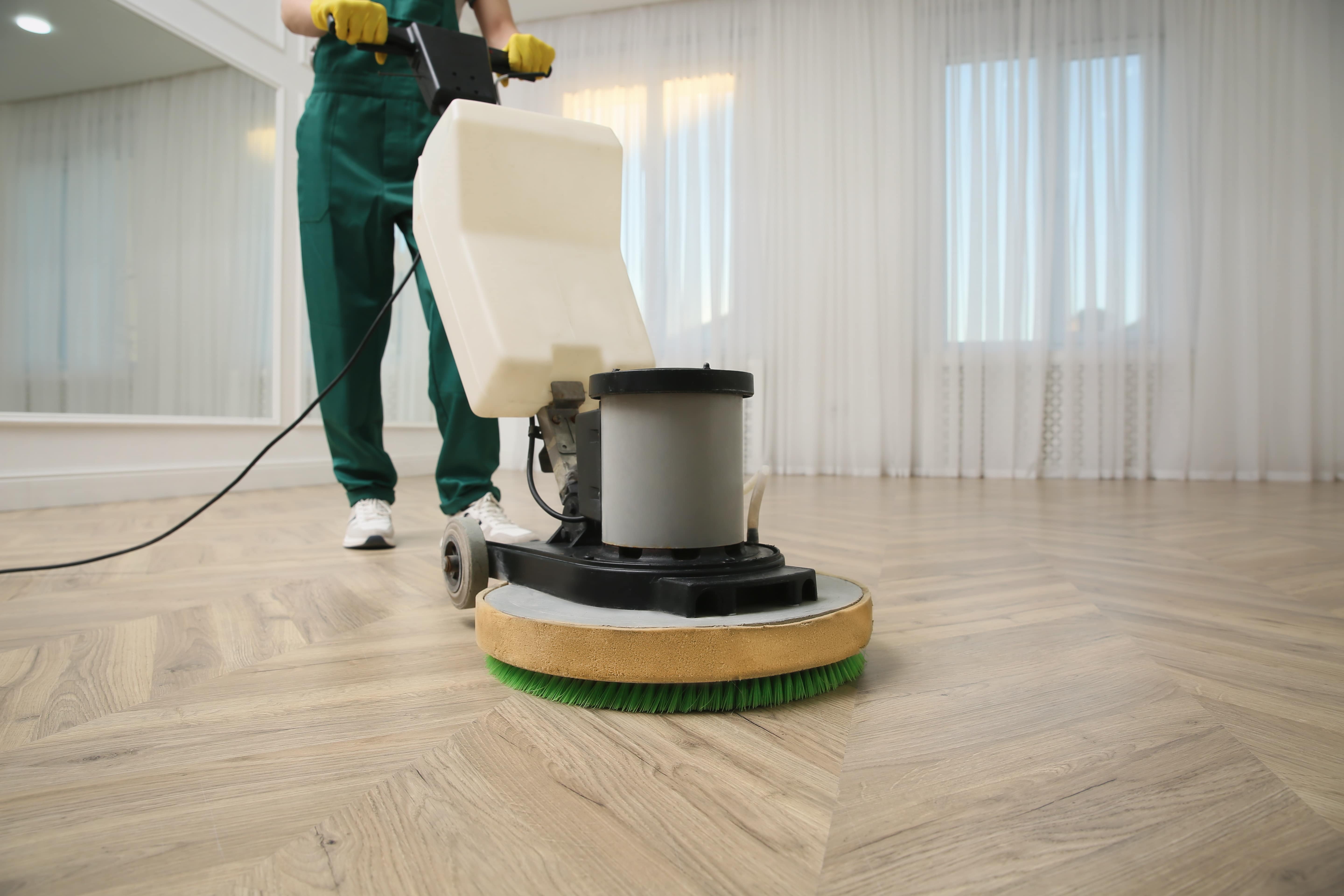
The Importance of Professional Floor Sanding Services
While modern sanding machines have made it possible for individuals to attempt sanding their wooden floors, hiring professional services is still recommended for the best results. Professionals possess the necessary skills and expertise to ensure that the sanding process is carried out correctly, minimising the risk of sanding marks and other imperfections. By hiring a professional floor sanding service, you can be confident that your wooden floors will be treated with the utmost care and attention, resulting in a beautifully refinished surface that will stand the test of time.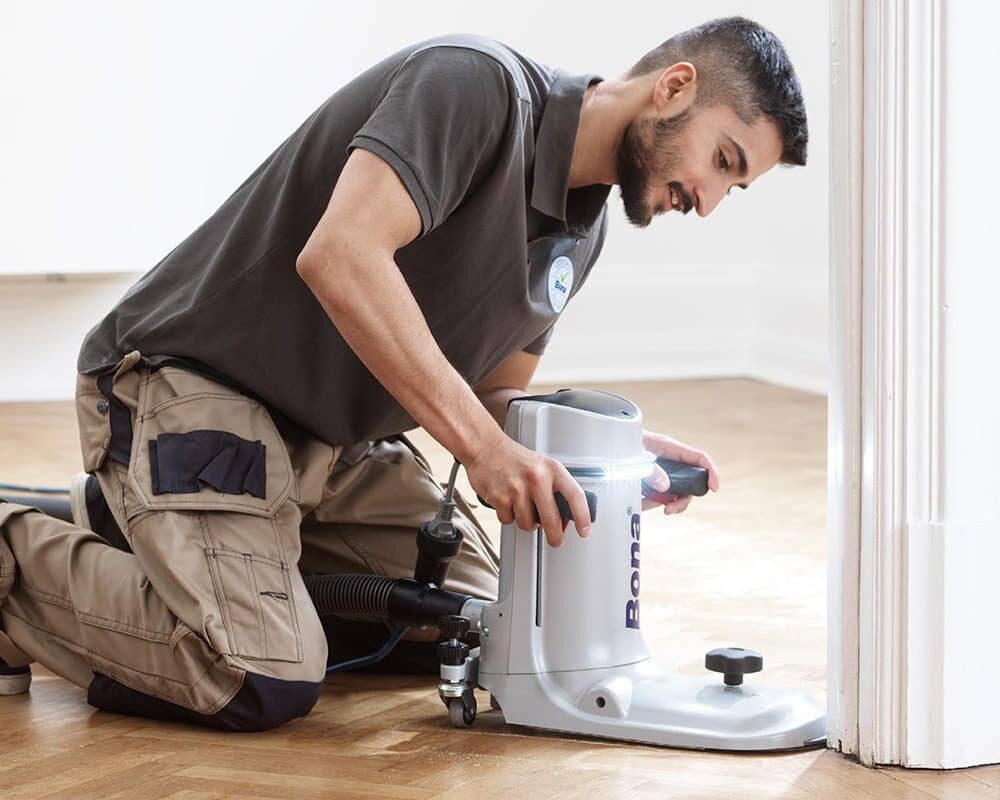
Maintaining Your Wooden Floors for Longevity
Sanding is just one aspect of maintaining your wooden floors. To keep your floors looking their best, it is essential to develop a regular cleaning and maintenance routine. This includes sweeping or vacuuming regularly to remove dirt and debris, using a damp mop with a gentle wood cleaner to clean the surface, and applying a suitable wood finish to protect the floor from wear and tear. In addition to these regular maintenance tasks, it is crucial to address any signs of damage or wear as soon as they become apparent. Scratches, dents, and other imperfections can be sanded down and refinished, preserving the integrity and beauty of your wooden floors for years to come.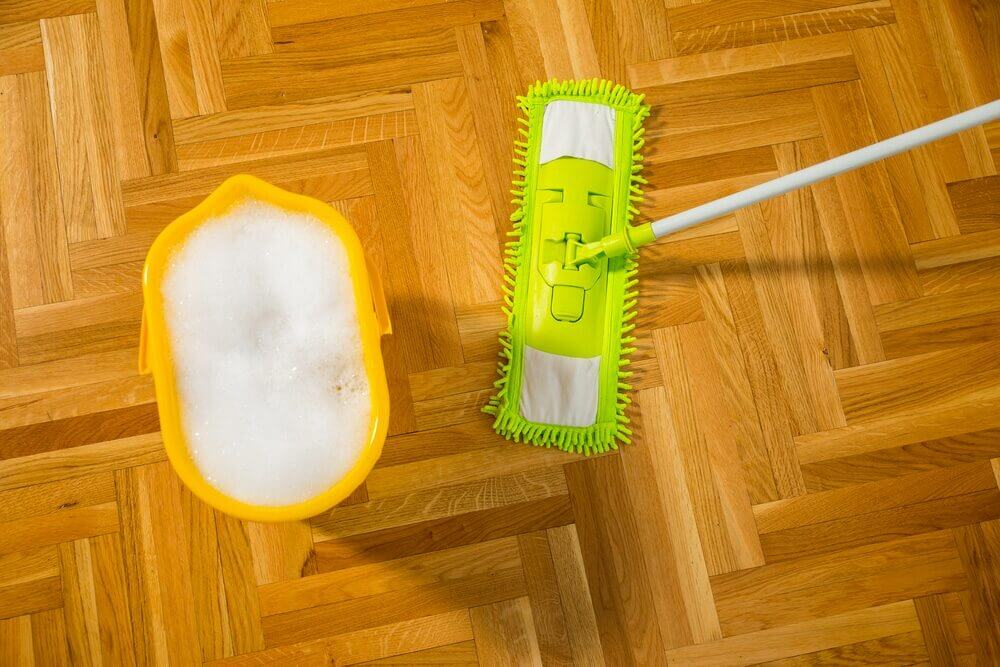
The Art of Sanding: A Skill Passed Down Through Generations
Wooden floor sanding is not just a process but an art form that has been passed down through generations of skilled professionals. The mastery of this craft involves understanding the intricacies of various wood types, recognising the most suitable sanding techniques for each, and possessing the patience and precision to achieve a flawless finish. The process of sanding wooden floors typically begins with the removal of any old finish, followed by leveling the surface using coarse sandpaper. The floor is then sanded multiple times using progressively finer sandpapers, ensuring a smooth and even surface. Finally, a fresh coat of finish is applied to protect and enhance the natural beauty of the wood.Innovation in Floor Sanding Techniques: Edging and Buffering
Over the years, various innovations in floor sanding techniques have been developed to improve the quality of the finished product. Two such innovations are edging and buffering. Edging refers to the process of sanding the edges and corners of a wooden floor, which is typically difficult to reach using standard sanding machines. Specialised edging machines have been developed to ensure that these areas are sanded uniformly and blend seamlessly with the rest of the floor.
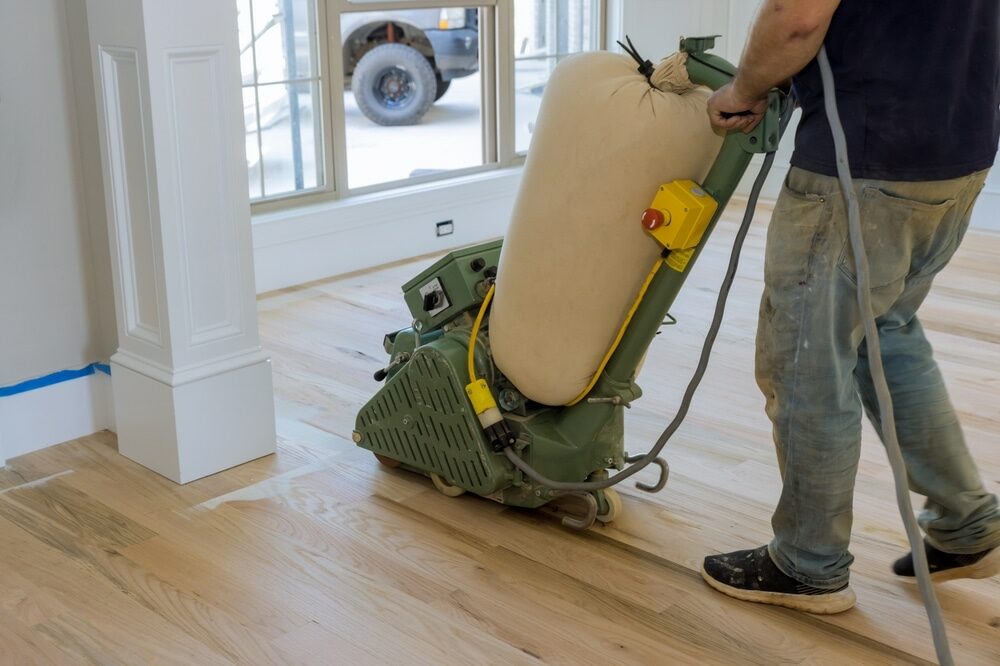 Buffering, on the other hand, involves using a floor buffer to polish the wooden surface after the primary sanding process. This step helps eliminate any remaining imperfections and creates a smooth, even finish that is ready for the application of wood finish.
Buffering, on the other hand, involves using a floor buffer to polish the wooden surface after the primary sanding process. This step helps eliminate any remaining imperfections and creates a smooth, even finish that is ready for the application of wood finish.
Eco-Friendly Floor Sanding: A Step Towards Sustainability
As the world becomes increasingly conscious of the need for sustainable practises, the floor sanding industry is no exception. Innovations in eco-friendly floor sanding have emerged to reduce the environmental impact of this age-old craft. One such development is the use of water-based finishes, which emit fewer volatile organic compounds (VOCs) than traditional oil-based finishes. Additionally, modern dust-free sanding machines capture the majority of the dust generated during the sanding process, reducing air pollution and improving indoor air quality. This not only benefits the environment but also ensures a healthier workspace for the professionals involved in floor sanding.Conclusion
The timeless tradition of wooden floor sanding has come a long way since its origins in ancient China. From the use of crushed shells and seeds as primitive sandpaper to the advanced machines and techniques employed today, this craft has continuously evolved, reflecting human ingenuity and adaptability. While technology has undoubtedly played a significant role in transforming the wooden floor sanding process, it is the skill and expertise of the professionals that truly set the stage for beautifully maintained and preserved wooden floors. By respecting and appreciating the rich history of this craft, we can better understand the importance of wooden floor sanding and the role it plays in maintaining the elegance and warmth of our living spaces.Some Useful Links:
More from our Blog:
All about parquet flooring: Colors, Wood Types, & Care Tips Top 9 Reasons of Dustless Wood Floor Sanding | The Best Guide Transform Your Space with Elegant Herringbone Parquet Flooring Why Professional Hardwood Floor Sanding is Essential – Expert Tips for Stunning Floors Seasonal Wood Floor Care Tips for UK Homes – Keep Your Floors Pristine Year-Round
Sanding
We provide virtually dust-free sanding with our continuous belt machinery with mobile extraction units, giving you a safer environment for your family.
Oiling
This organic finish not only adds beauty to your home but also has exceptional water-repellent characteristics, making it easier to clean and maintain.
Waxing
This natural floor finish offers the softest and most mellow appearance – and leaves your floor able to breath.
Buffing
Using soft buffing machines (and hand-polishing where required) will bring a wonderful sheen to your newly-finished floor.
Repairs
We offer a full assessment of your wooden floors to determine what repairs are needed to provide the perfect working surface for the later stages of sanding, staining and sealing.
Restoration
We offer a comprehensive restoration process designed to address floors that are improperly fitted or damaged over time through wear and tear.
Request a fixed price quote for your wood floor restoration now
Simply enter your postcode below to get started.
Services
Wood Floor Sanding Wood Floor Restoration Wood Floor Scratch Repair Squeaky Wood Floor Repair Parquet Floor Sanding Parquet Floor Restoration Commercial Floor Sanding Church Floor Sanding Community Centre Floor Sanding School Floor Sanding Gap Filling Gap Filling with ResinCopyright © Mr Sander®
Privacy & Cookies Terms & Conditions Complaints Procedure Cancellation Rights Sitemap





